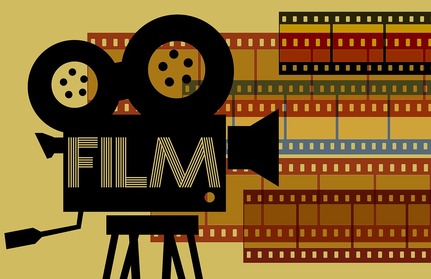
Home Film Production
Home films are fun. They are also something a lot of us have wanted to do at some point. However, we also all know that buzz feeling after catching what we think will be a great scene, then watching it back on your laptop and feeling deflated at the poor quality and cheesiness we've ended up with. There are things you can do about such problems. This article aims to give you some simple yet effective tips. These hopefully will help you get great quality, content, and get those cool movie projects off your back burner, back into your reality. Let's fire up you movie making motivation! 1) The first tip is really simple. Get your hands on a tripod. A tripod allows you to keep you camera steady. This reduces and practically stops the 'shaky hand syndrome' we all seem to suffer from when filming. You can also pan shots to follow action/cut to another area / cut to another scene. Your film will be all the better using a tripod. Therefore, if you take anything away from this article, let it be this tip! 2) Most feature films begin with what is called an establishing shot. It’s a shot of the location where the action is going to take place. This create's initial context for the viewers. Aka, setting the scene. 3) Use real locations. This one is self-explanatory. One of the biggest problems with home movies is that people attempt to set up artificial scenes. However, big feature films use real filming locations. Basically, real locations are more realistic! They look smoother, more believable and less set up. Yes, it is more tricky to get permission, set up and get perfect shots with a real location. But you get out what you put in. Take pride in your work, get passionate and get professional. The effort you put in will show in your work. 4) Closer shots are generally better. Following your initial establishing shots of course. Once you have set the scene fill the camcorder window with the action. Get as close and seems comfortable, and don't be afraid to experiment. This cuts out background distractions for the audience. 5) Cut between medium and close up shots. This creates 'visual action'. It keeps interest up in your audience. Shoot the same scene but from different camcorders at different angles and depths to cut between in the editing stage. For example, somebody is opening a present her friend has given her. Do a medium shot of the person being handing the present and beginning to open it. Then cut to a close shot of her hand opening the present. Finally, cut back out to the medium range shot to capture her reaction and then continue the story. Get filming. Get experimenting and capturing. And remember, the best things often come from experimenting and are not necessarily the things you think are going to work. Take risks. |
AuthorEnjoy this awesome page and the whole website. Leave your comments and thoughts and so on. Archives
May 2024
|

 RSS Feed
RSS Feed